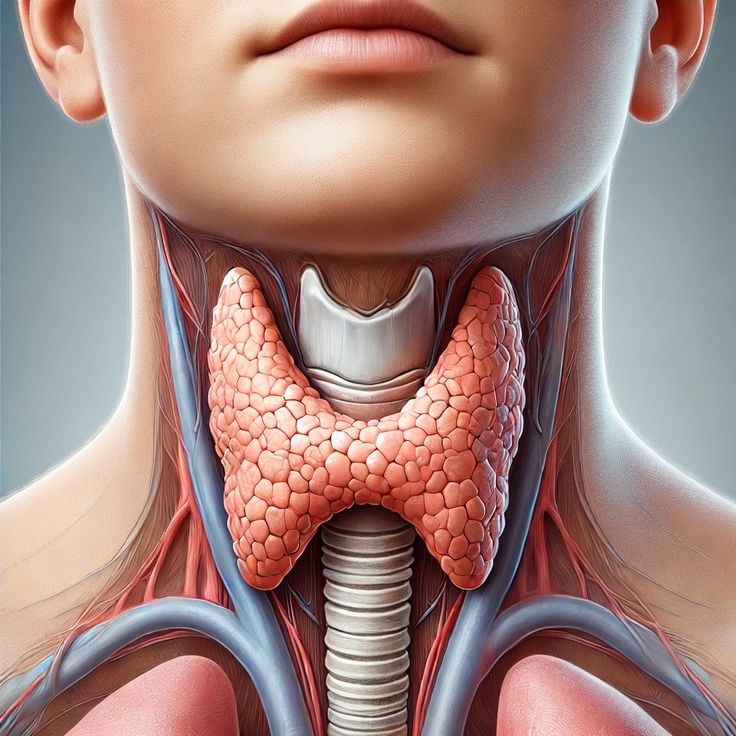+918048036246

This is your website preview.
Currently it only shows your basic business info. Start adding relevant business details such as description, images and products or services to gain your customers attention by using Boost 360 android app / iOS App / web portal.
Thyroid ultrasound

Thyroid ultrasound in rohini delhi thyroid ultrasound in delhi Dr. Mittal's Diagnostic Centre C-8/193 sector 8 rohini delhi 9811552279 7827070020 A thyroid ultrasound uses sound waves to create images of the thyroid gland in the neck, allowing doctors to evaluate nodules, cysts, goiters, and other abnormalities. The painless, non-invasive procedure involves applying a water-based gel and a handheld transducer to the neck to capture images on a monitor. It's a crucial tool for detecting abnormalities, characterizing suspicious nodules, and guiding procedures like fine-needle aspiration (FNA), but involves no radiation or side effects. What is a thyroid ultrasound? It's an imaging technique that uses high-frequency sound waves to produce detailed images of the thyroid gland, a gland that regulates metabolism. The images show the size, location, and characteristics of any nodules, cysts, or other structures within the gland. Why is it performed? Detection of Nodules: It's the most sensitive method for detecting thyroid nodules, which can be felt during a physical exam or found on other imaging tests. Evaluation of Abnormalities: It helps diagnose tumors, cysts, and goiters (enlarged thyroid). Cancer Detection: It is used in the detection and assessment of thyroid cancer and can help identify suspicious features associated with malignancy. Biopsy Guidance: The ultrasound can guide a fine-needle aspiration (FNA) biopsy, where a thin needle is used to take a sample of cells for examination. Monitoring: It helps monitor patients after treatment for early detection of tumor recurrence. What to expect during the procedure: 1. Preparation: Little to no special preparation is needed; you can eat and drink as usual. Remove jewelry from the neck area. 2. Positioning: You will lie face-up on an exam table, sometimes with a pillow under your neck to tilt your head back. 3. Gel Application: A small amount of water-based gel is applied to your neck to help the transducer make good contact. 4. Transducer Use: The technician will press a handheld wand (transducer) over the gel, moving it around the thyroid area. 5. Imaging: The transducer sends sound waves into your neck, and the returning echoes are translated into a 2D image on a monitor. 6. Completion: After the images are captured, the gel is wiped off your neck. The entire process typically takes about 30 minutes.

